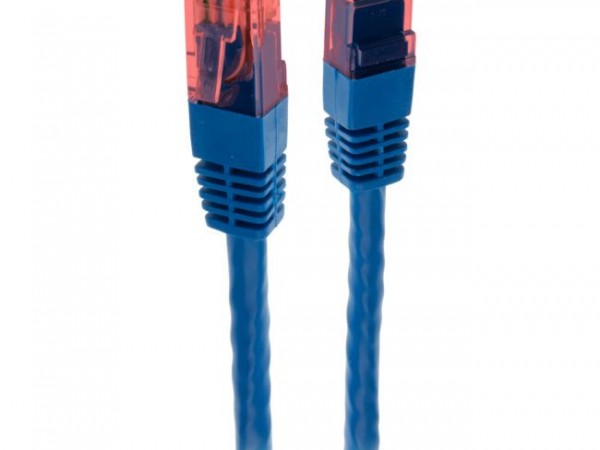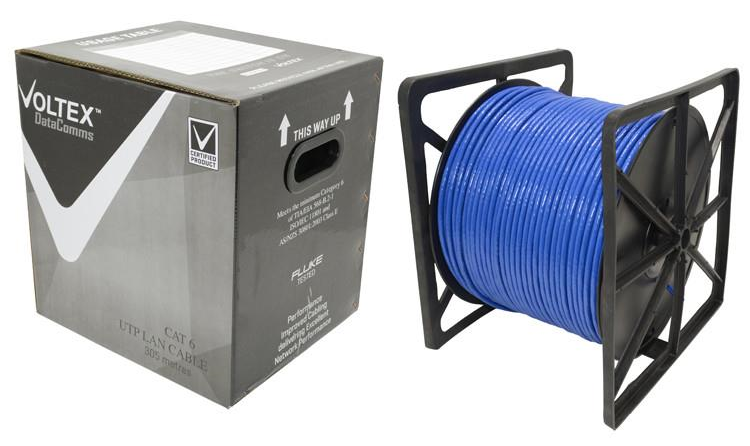13
Jun

In this wireless age, where every person on this planet wants to get rid of their cables, there is one undisputable fact – only the greatest of cables are going to survive. One of those mighty survivors is the Ethernet cable. The Ethernet cable is, in fact, a copper conductor. These solid cables use only a single part of the copper, so the electrical impulses are transferred from the source to the receiver. Since there are a lot of Ethernet cable types, you must know that by all means, the Cat 6 cable is the best choice available. In this article, we will go through the technical specifications of the Cat 6 cable and compare it with the other types that are currently on the market.

The physical characteristics of the Cat 6 cable include the nylon spline that eliminates the crosswalk. The spline is not used for Cat-5 cables because they do not support higher transfers, yet manufacturers want to include it because it has become a standard. However, noticing the technical differences amogn separate Ethernet cables is not as easy as the obvious physical ones because not all categories support same things. One of the most important facts to bare in mind is: the higher the cathegory, the higher the MHz and the speed. This fact is not accidental, because each category allows more testing and eliminating problems such as the isolation between wires. In the case of the 6th category, there was a recent remake featuring augmented parts and labelled as a Cat-6a which offers up to 500 MHz transfer communication compared to the basic model that offered only 250 MHz. When they implemented higher frequency, it brought about the elimination of the alien crosstalk, also know as AXT (unnecessary interruption of the signal coupling that originates from one balanced component, permanent link or channel) that allows transfers around 10 GB/s.
In recent years, manufacturers decided to upgrade the shielding with a better direction and as the newer and better model came, it was equipped with double shields. Usually, the shield is put around each wire, protecting them from an internal crosswalk. Today, manufacturers sell shielded and non shielded versions of Ethernet cables. If you want to use them to connect through a wall or a longer distance, then a double shielded cable is the right choice. But if you want it to use to connect your computer to the wall then, the unshielded is the perfect choice for you.
Another question that arises when buying a Category 6 cable is whether you want a solid or stranded cable. The main difference in these cables is the inside of the copper conductor and the inside of the pairs. The solid one is built only from one single piece of copper, while the standard uses two or more copper cables. Stranded cables are usually used in the office because they are more flexible and can take a lot of accidental bumps or hits. Solid cables do not offer the same flexibility which means that they cna only be used for permanent installation or in the outdoors.
In the end, you can choose whether you want flexible cable for your office or you want one to be installed thorough the whole workspace. Hopefully, this article has given you enough info as to be able to discer that the Ethernet Cat 6 cable offers you the fastest data transfer, longevity, durability and the most reliable price, so that you can transfer your data without any problems.